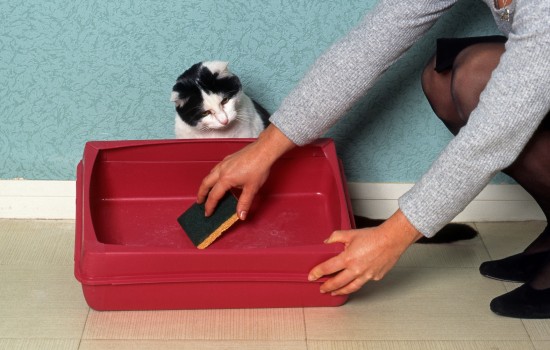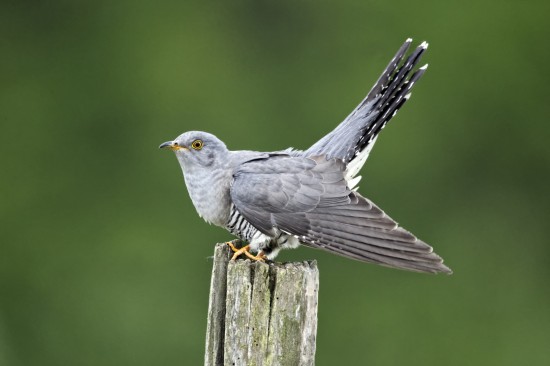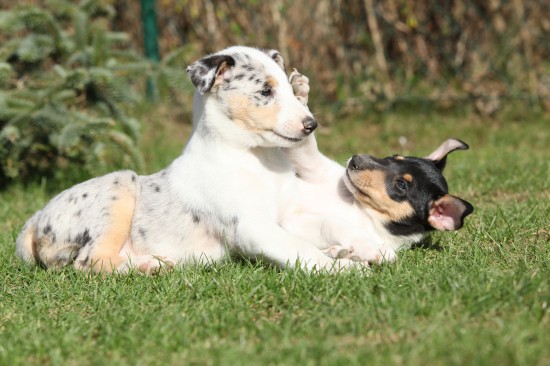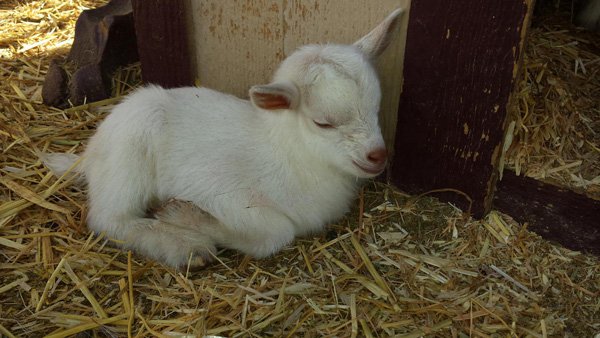
So, your little girl has been taking riding lessons for a year now and
(surprise) she wants her own pony. Here’s how to begin.
First, talk to your child’s trainer. He or she may have an experienced
lesson horse they would be willing to lease to you. That’s a good way to
get your feet wet before you commit to the full-time obligation of caring
for your own pony. Leasing arrangements vary, but usually you pay a
monthly fee for riding privileges any time you want, as if it were your
pony. You can ride, train and show the pony. You may also have to pay
for farrier services (usually a hoof trim and/or reset shoes every six
weeks), periodic de-worming and veterinary services.
If you can’t find a suitable leasing arrangement and are still interested in
owning a pony, here are some tips and things to consider along the
way.
1. What age do you want your pony or horse? An ideal age for a
beginner rider horse is 10. You can go a little younger, if you want, but a
well-trained 10-year-old horse has already experienced a lot of life. He
probably won’t be as frisky as a younger horse and will be less likely to
spook or act unpredictably. You are looking for a “bomb-proof” horse,
especially for your child’s first mount. Ten years old is great, as well,
because as your child grows, the horse will have many healthy years
ahead of him for riding and showing.
2. What gender should your pony be? Common experience tells us that
geldings are the best beginner mount, however, some mares can be
excellent babysitters as well. The main drawback to a mare is that some
get moody during their monthly cycles, and can even nip or kick. The
other consideration is if you are ever going to have additional horses
and plan to turn them out in a pasture together, it’s better not to have
one mare and several geldings. Even though they are gelded, the males
will still want to fight over the mare. You can avoid that headache by
sticking with geldings. However, if you plan to always keep your horse in
a stall in a stable with individual turnout, a mare can work out fine. Of
course, a first-time owner should never buy a stallion.
3. Do you want a horse or pony? A small horse may be a better option
than a pony for several reasons. First, your little one is going to grow up
and may be faced in the future with having to sell her beloved pony
because she’s outgrown him or her.
Second, horses are a little easier to care for. Ponies are famous for
foundering, a condition that occurs especially when a pony overeats rich
grass. The safest bet for a pony is to never let him eat grass. Feed hay, a
little grain and turn him out on dirt. Horses can founder as well, but not
as easily as ponies.
If you have a pasture-only boarding situation, opt for a horse, not a pony.
Some stables, however, have many ponies they turn out together on dirt.
If your barn is set up to care properly for a pony, go ahead, if not, stick
with a horse.
3. Look in the newspaper, on the internet, ask around at horse shows or
call other trainers. Many trainers will help you find the perfect horse for a
finder’s fee. It can be more expensive, but well worth it in the long run to
have professional assistance. Taking along a trainer to look at a horse
with you can give you confidence as well as an expert set of eyes and
ears in the situation.
4. Once you have a prospect located, find out as much as you can about
the horse or pony. What is its training or background? Has it showed
and where? Does it have any bad habits or fears? Is it friendly toward
other horses? Does it load in a trailer and can I do it myself? Does it or
has it ever had any health problems? Why are you selling now?
5. Get a veterinarian check before you buy. This can cost up to $200, if it
includes x-rays, but it can be well worth the expense and trouble.
Coming home with a horse that immediately is lame can be a big
disappointment. Consider the possibility, too, that the current owner may
be giving the horse bute (horse aspirin) to hide lameness when you are
looking at the horse.
6. Check out the horse unannounced. Show up at the horse’s stables or
pasture when you are not expected. Ask to take the horse for a ride or to
trot him on the lead rope to check for problems. Unfortunately, some
people drug their horses to make them appear more calm than they
really are. Arriving unannounced helps you see the pony as he really is.
7. Get ready for expenses. Make sure you understand and budget for all
the expenses associated with owning a horse or pony. There are
monthly boarding bills, which include food and care. You may also want
to supplement your horse or pony with a hoof, coat or joint supplement.
Your horse needs its hooves trimmed or shoes reset every six weeks.
You also need an annual check from the veterinarian, which at least will
include shots, teeth floating and a coggins test. Many owners give their
horses twice yearly shots, as well as de-worming at least four times a
year.
Of course, now there are expenses for saddles, blankets, bridles, bits,
riding clothes, lessons, helmets, riding lessons and showing fees. If your
trainer will transport your horse for you, great, if not, add a horse trailer
to the list.
Finding the right horse or pony can be a long adventure. Don’t be
tempted to pick one out of the paper and surprise your child with it at a
birthday party. Considering the investment on your part, you want your
child to fall in love with this animal, so his or her opinion needs to count
as well. Finding the right equine companion for your child can begin a
relationship that will last for years.
Diane Samson is a writer with The Lieurance Group, a freelance writers’
cooperative in Kansas City, Missouri. Samson can provide writing,
reporting and editing services for magazines, newspapers, corporate
communications and especially animal publications. Find out more
about her writing services at http://www.lieurancegroup.blogspot.com or
email her at [email protected]
 Common Reasons Why A Cat Might Refuse To Use A Litter Tray
Common Reasons Wh
Common Reasons Why A Cat Might Refuse To Use A Litter Tray
Common Reasons Wh
 If You Are Planning To Breed From Your Cat Or Have Already Done So And The Time For Weani
If You Are Planni
If You Are Planning To Breed From Your Cat Or Have Already Done So And The Time For Weani
If You Are Planni
 Brood Parasites In Birds
Brood Parasites I
Brood Parasites In Birds
Brood Parasites I
 Can You Tell The Difference Between Normal Play And Aggressive Play In Dogs?
Can You Tell The
Can You Tell The Difference Between Normal Play And Aggressive Play In Dogs?
Can You Tell The
 Collect Amazing Items to Delight Your Pets from the Best Online Pet Store
Collect Amazing Items to Delight Your Pets from the Best O
Collect Amazing Items to Delight Your Pets from the Best Online Pet Store
Collect Amazing Items to Delight Your Pets from the Best O
Copyright © 2005-2016 Pet Information All Rights Reserved
Contact us: www162date@outlook.com